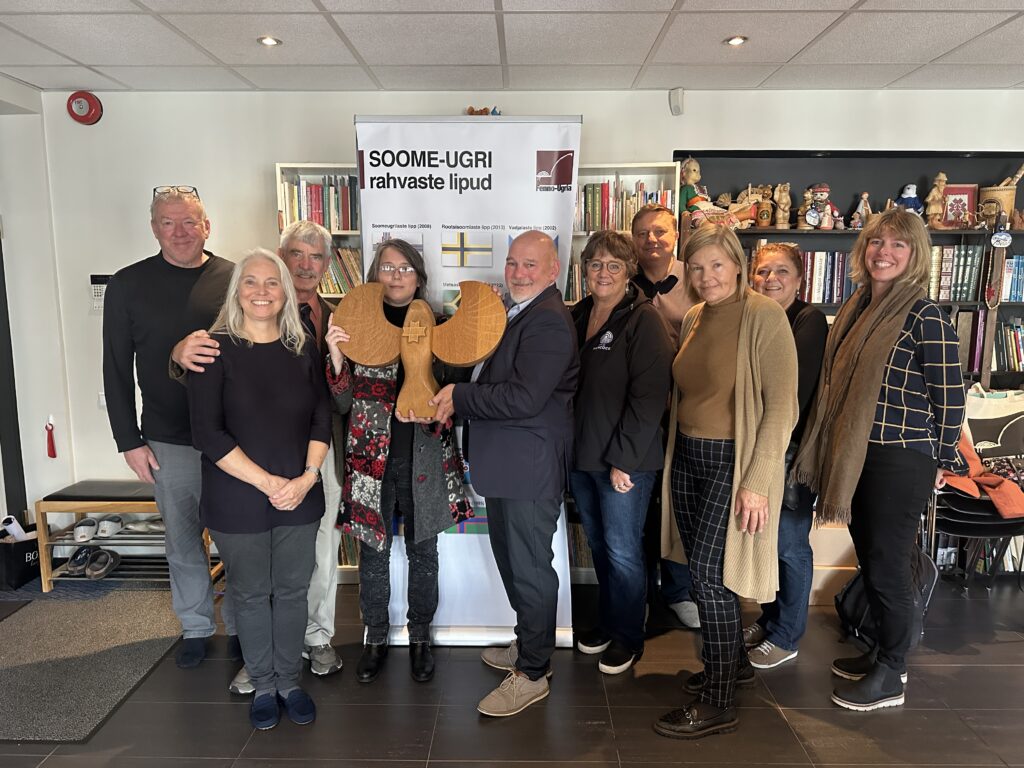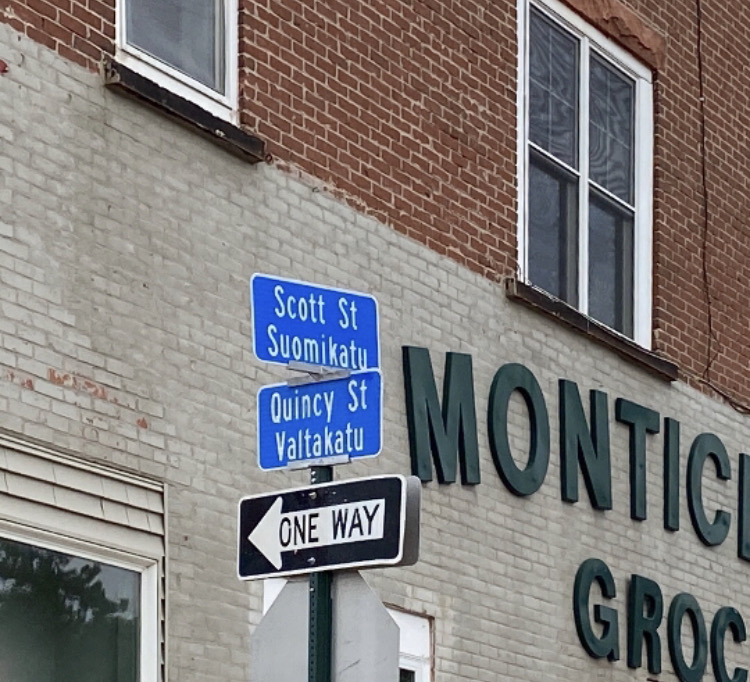Hancock, a city of 4,501 people in the Upper Peninsula of the US state of Michigan, has been named the Finno-Ugric capital of culture 2026 – the first in North America.
Hancock, MI, was named the Finno-Ugric capital of culture 2026 during the Midsummer event that took place in the 2025 Finno-Ugric capital of culture – in Narva, Estonia.
According to the organisers, the six counties surrounding Hancock are the only counties in the United States where people of Finnish heritage are the majority population, claiming roughly 35%. The region, affectionately known as the Copper Country, drew thousands of immigrants during the boom copper years spanning the late 19th and early 20th centuries comprising of not only Finns, but other Finno-Ugrians including the Sami, Hungarians, Karelians and Estonians, the organisers said in a statement.
“These days we don’t hear much from the Hungarian or Estonian communities,” Jim Kurtti, the honorary consul for Finland in Michigan’s Upper Peninsula, said. “But we are expecting this coming year of Finno-Ugrian celebrations will draw them out.”
He also expressed the hope that Finno-Ugrians from across the United States, Canada and Europe will also join them in the festivities.
“Our three-day celebration will provide opportunities for lecturers, demonstrations, folk tradition bearers such as musicians, crafters and the like to gather in Hancock during the grand festival Juhannus Suurjuhlat,” Kurtti added. Juhannus Suurjuhlat – the Midsummer Grand Party in Finnish – is due to take place from 18-21 June 2026.

Looking for Finno-Ugrians to participate
The organisers are also welcoming programming proposals from Finno-Ugrians everywhere. “We’re looking for musicians, market vendors, lecturers, folks demonstrating folk arts and crafts. If someone has an idea send us a proposal,” Kurtti said.
Launched in 2013, the Finno-Ugric capital of culture designation has been bestowed on the Udmurt village of Bõgõ (2014), the Setomaa village of Obinitsa (2015), the Hungarian village of Iskaszentgyörgy and the city of Veszprém (2016), the Karelian village of Vuokkiniemi (2017), the Mari El village of Untšo (2019), the Bashkortostan village of Miškan (2020), the capital of Mulgimaa, Abja-Paluoja (2021), the Udmurt village of Bayterek (2022), the Finnish city of Kuhmo (2023) and Narva, Estonia (2025).
Hancock is known as the capital of Finnish American culture and the city is home to the Finnish American Heritage Center, the Finnish American Folk School and the Finnish American Reporter newspaper. Some of the street signs in Hancock are bilingual, reading in both English and Finnish.
“Midsummer is an incredible time to visit the Upper Peninsula’s Keweenaw Peninsula. We are as far west as one can go in the United States in the Eastern time zone. Consequently, the last bits of the sunset can be seen well past 11 PM, especially while standing on the shores of Lake Superior, one of the world’s largest freshwater bodies of water. One feels as they actually might be in Finland on an evening like that,” Kurtti said.
Estonians and Finns are closely related as both nations are part of the Finno-Ugric peoples.

